The 5 most iconic representatives of the Gothic Revival in Budapest – PHOTOS

Budapest is often praised for its architectural diversity – you can find a representative of almost all building styles ranging from Gothic all the way to contemporary minimalism. Although the best known of all is the Art-Nouveau, the Gothic Revival should be given attention as well, after all, the Parliament is a typical Neo-Gothic building.
The most important Hungarian figure of the Neo-Gothic movement was Imre Steindl, who aside from the Parliament, designed and renovated houses in this style too.
The Hungarian Parliament
The Parliament is hands down the most beautiful and the most iconic building of Budapest, but it is also the best-known example of the Hungarian Gothic Revival, with hints of Eclecticism. Steindl’s stylistic genius lies in the layout, and the mass composition is Baroque, but the details are all corresponding with the Gothic Revival. It is said that there are several reasons why Steindl chose the Neo-Gothic style: one being that the monumental design resembles the glory of medieval Hungary, the second that the Palace of Westminster belongs to the Gothic Revival too, and thirdly, Steindl believed that it would be better to depart from Classicist Vienna.
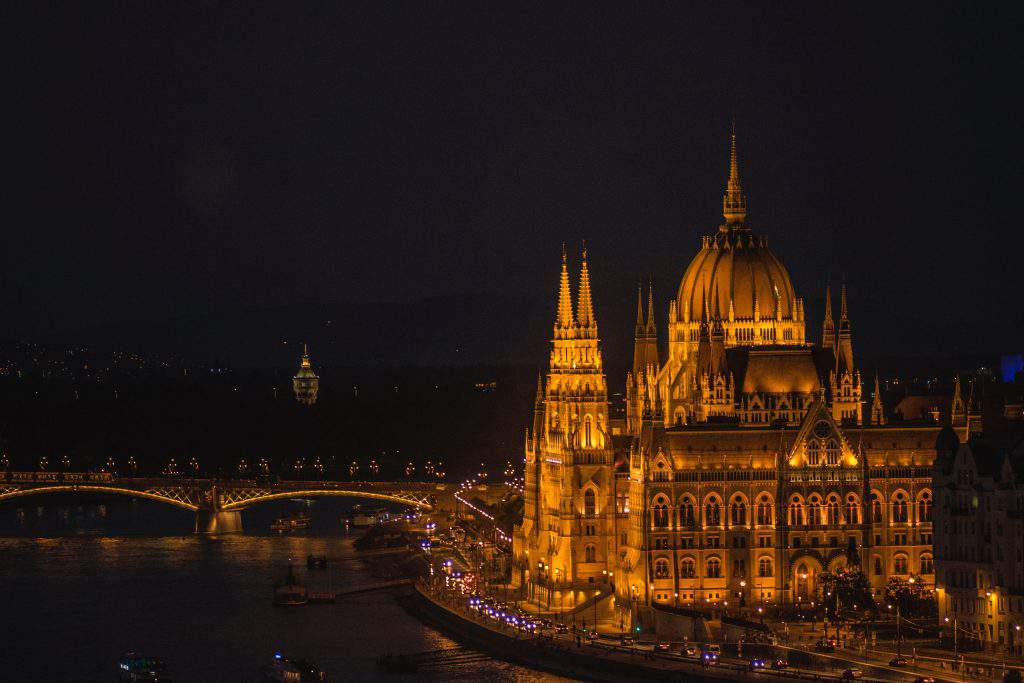

Matthias Church
Although the Matthias Church itself was not built in Frigyes Schulek’s time, his renovation design is what makes such an impact on the beholder. The rebuilding took place between 1874-1896, during which the church’s façade and interior were reimagined in the ways of the Gothic Revival.
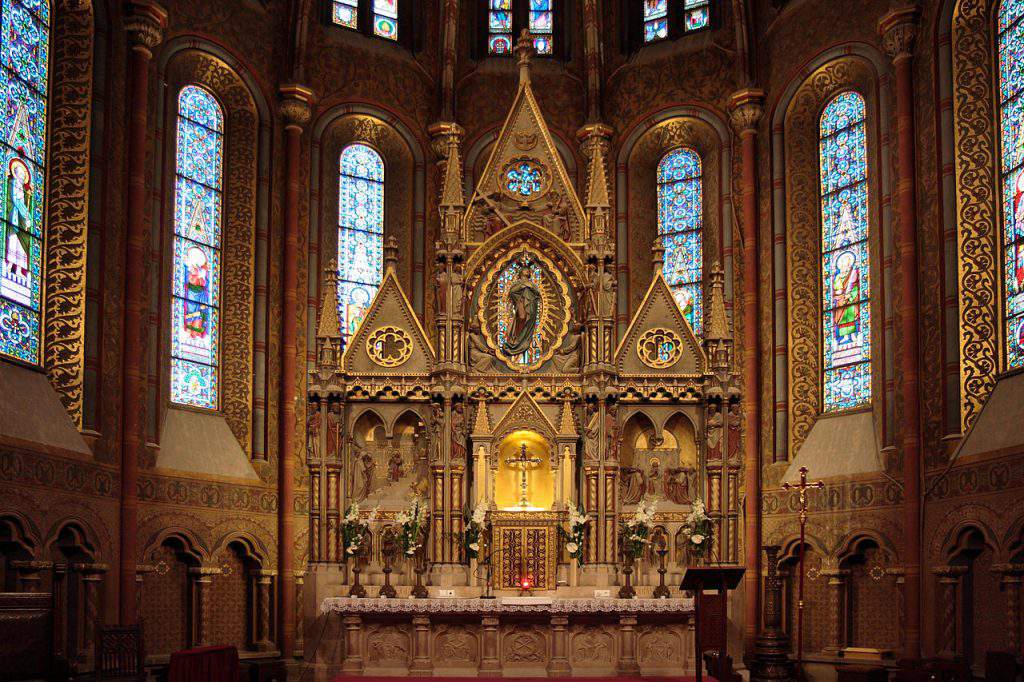
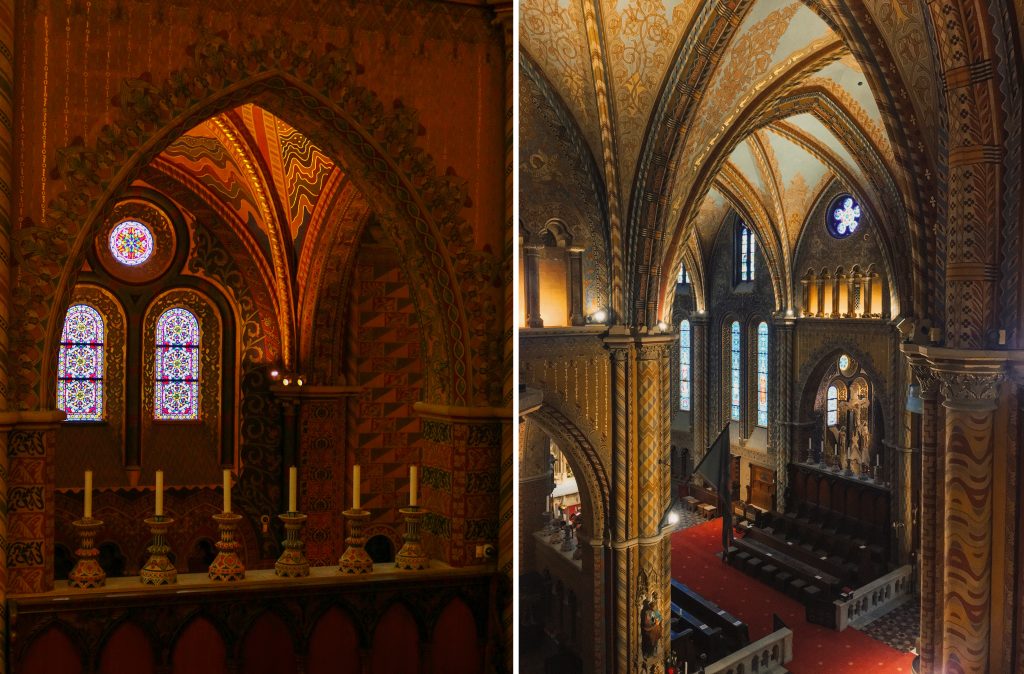

Saint Elizabeth’s Parish
The 7th district largest church was also built based on Steindl’s designs between 1895-1901. Thanks to its grand size, 2600 people can admire its lavishly decorated interior, with Neo-Gothic ornamental painting done by Adolf Götz. Up to this day, its interior decoration is considered to be one of the most beautifully executed designs in the world. We can notice the handiwork of another remarkable Hungarian designer and artist, Miksa Róth: the painted windows of the sanctuary are his work. Steindl opted for the French Gothic when planning the exterior, but implemented modern technical structures. Sadly, the glass windows were destroyed during World War II and are still not fully replaced.

right: Daily News Hungary
https://www.instagram.com/p/BoOp1cfltRb/
Ministry of Finance, Szentháromság square
The story of the previous hall of the Ministry of Finance, located at Szentháromság square, neighbouring the Matthias Church is an adventurous one. The original hall was built in 1901-1904, following the plans of Sándor Fellner, but was torn down after WWII. Fortunately, the original design plans were followed, but on a smaller scale, as the former hall proved to be inflated and too ornate, especially in the vicinity of the Buda Castle and Matthias Church.
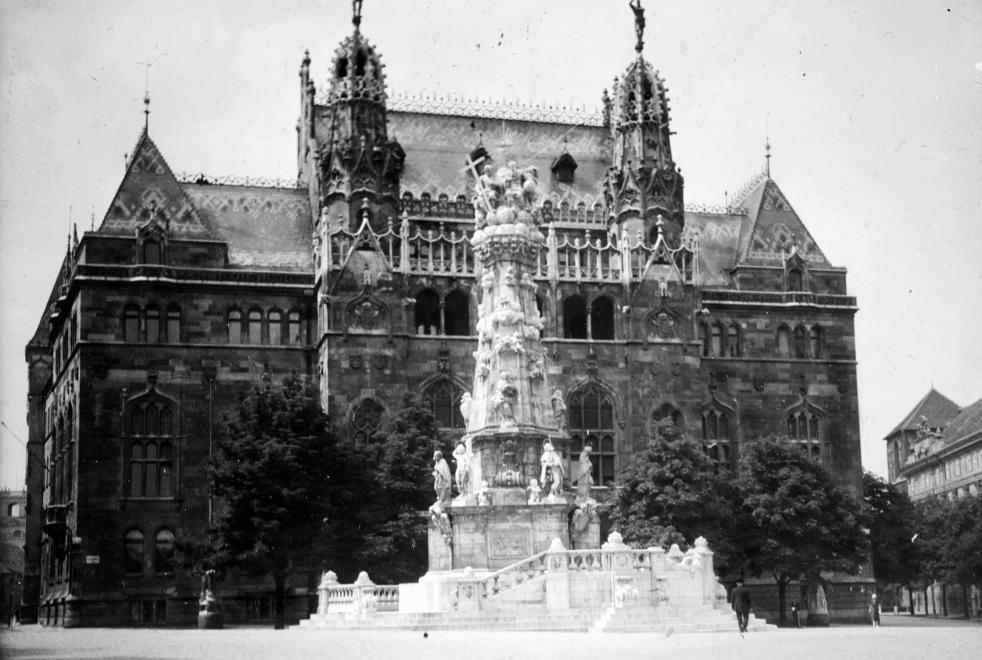

Paris Court
Although the late shopping hall is built predominantly in Art Nouveau, it still bears important features of the Gothic Revival, mingling with the designer, Henrik Schmahl’s favourite Oriental notes. Also, the façade of the Paris Court is made up of Zsolnay ceramics.
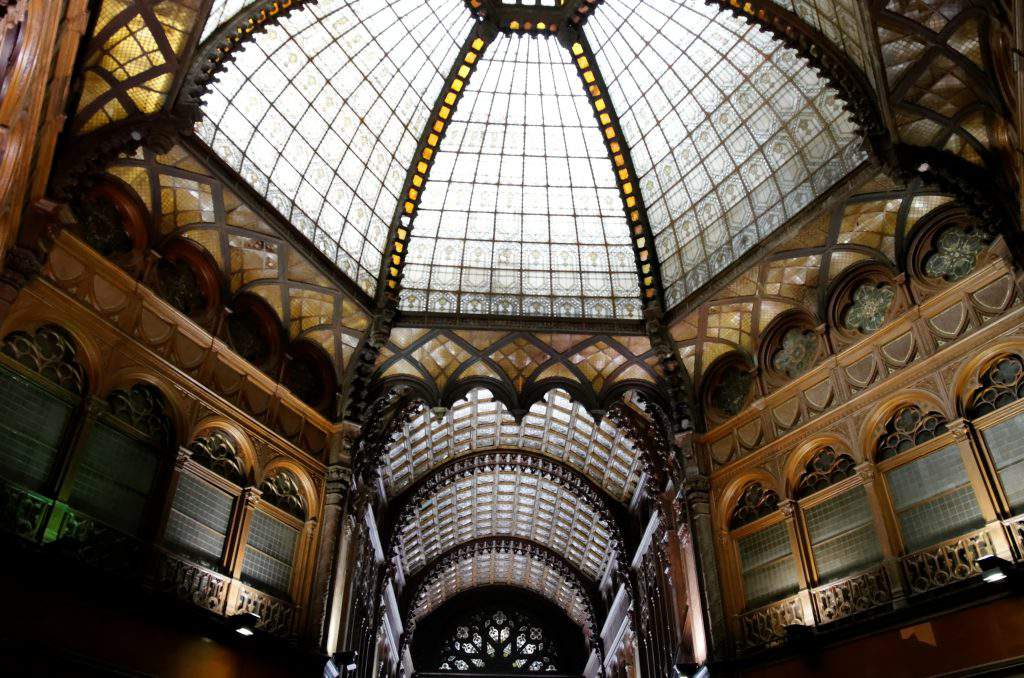

featured image: facebook.com/HungarianParliament/
Source: Daily News Hungary





